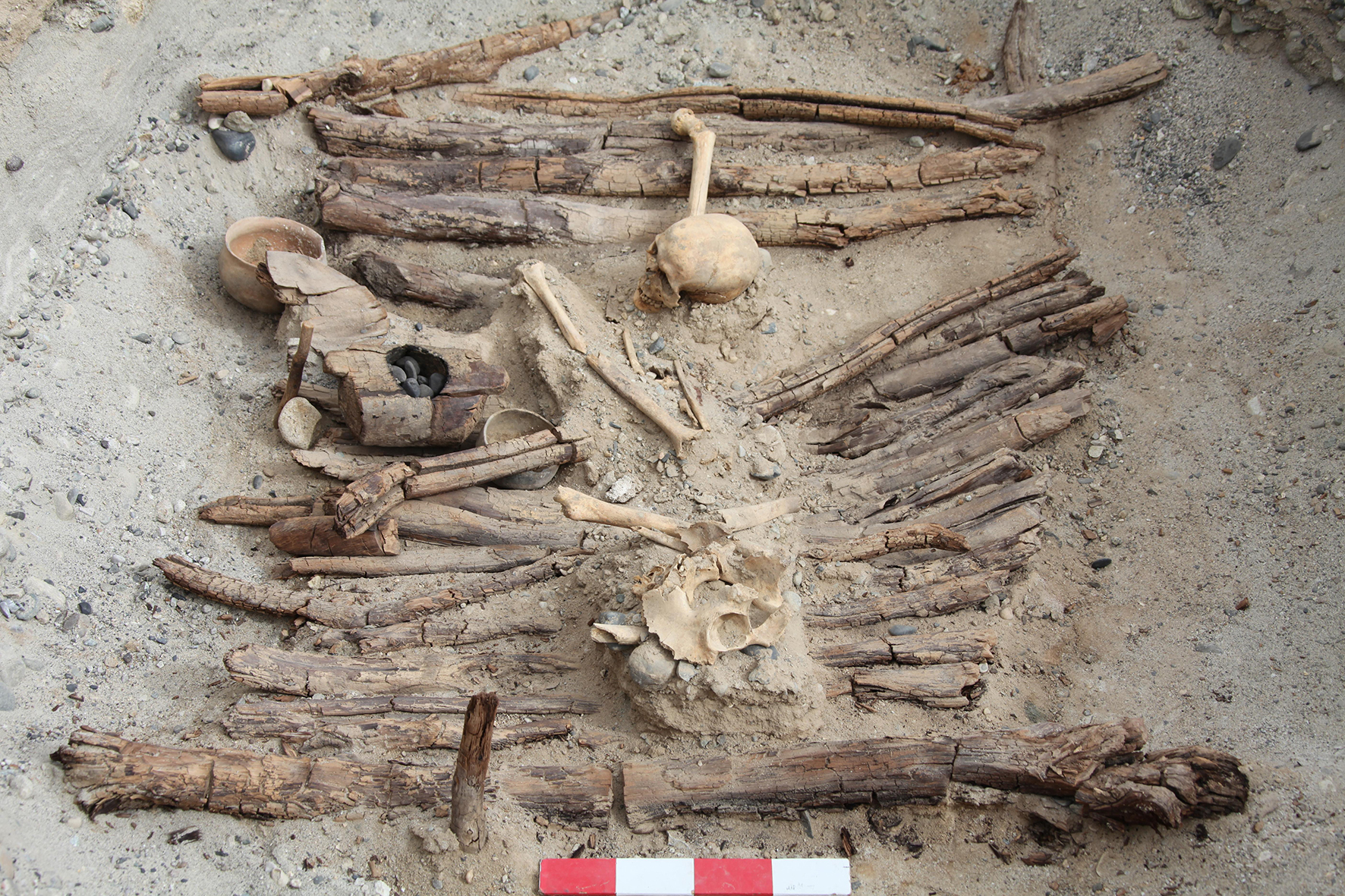Scientists Find Evidence of Dank Weed at 2,500-Year-Old Funeral Site
Credit to Author: Becky Ferreira| Date: Wed, 12 Jun 2019 18:07:49 +0000
Some 2,500 years ago, people smoked pot at a high-altitude cemetery in a Central Asian mountain range, likely as part of funeral rites for the deceased.
The discovery of ancient cannabis from these gatherings provides some of the earliest evidence of ritual use of the plant in the archeological record, according to a study published on Wednesday in Science Advances.
A team led by Yimin Yang, an archeologist at the University of Chinese Academy of Sciences, found cannabis residue in incense burners at Jirzankal Cemetery, a 5th century BCE tomb located about 3,000 meters above sea level in the Pamir Mountains.
Using a technique called gas chromatography-mass spectrometry, the researchers detected higher concentrations of tetrahydrocannabinol (THC), the most active psychoactive compound in cannabis, in the cannabis strain smoked at the site, compared to the THC content that is estimated for its wild counterparts.
The analysis suggests that people in this area likely collected, cultivated, or domesticated cannabis specifically for its effects on the mind. “It is possible that high-elevation populations of a naturally higher THC–producing variety were recognized and targeted by people in the Pamir region, possibly even explaining the prominence of ritual sites in the high mountains,” the authors wrote in the study.
This distinguishes the discovery from evidence of hemp cultivation for use in foods and textile fibers, a practice that dates back to at least 4,000 BCE. It also tracks with recent findings about the genetic history of cannabis, which suggest that ancient plant viruses and careful cultivation by humans produced the psychoactive pot we know today.
“This is a wonderful example of how closely intertwined humans are and have been with the biotic world around them, and that they impose evolutionary pressures on the plants around them,” said study co-author Robert Spengler, laboratory director at the Max Planck Institute for the Science of Human History, in a teleconference about the research on Tuesday.
“Recent studies have shown that apples, pistachios, and walnuts are among the crops that actually originated on these trade routes through Central Asia, and I think with this new study we can now actually place cannabis in that list as well,” he noted.
Jirzankal Cemetery was a link on these important trade routes, and strontium analysis has revealed that many of the people buried at this spot were not locals.

In addition to cannabis smoking, the discovery of an angular harp at the cemetery suggests music was integrated into funeral rites. Even more tantalizing, skeletons found with skull perforations and deadly bone breaks suggest that human sacrifice may have also been ritually performed at the site.
“It’s hard to say if the sacrifice is related to smoking,” Yang told Motherboard in an email. “So we just interpret that the funeral ritual may have included flame, music, and smoking.”
These complex burial ceremonies could have many purposes, such as guiding people into an altered state of mind for communicating with the divine or the dead, the study said.
Instead of using a pipe, the cannabis was burned over braziers and the smoke could be inhaled by multiple people in the vicinity. This matches up with descriptions of cannabis use by the ancient Greek historian Herodotus, who wrote that people in the Caspian Steppe region sat in small tents and burned the plants over stones—an ancient riff on the hot box.
Yang’s team has provided evidence that people have been getting stoned and listening to music for at least 2,500 years. What’s more, Jirzankal Cemetery has not been fully explored and may still contain fresh clues about the long and storied pharmacological history of cannabis.
“Not all of the tombs have been excavated,” Yang said. “Now, [Jirzankal Cemetery] is kept protected as a very important cultural site.”
This article originally appeared on VICE US.